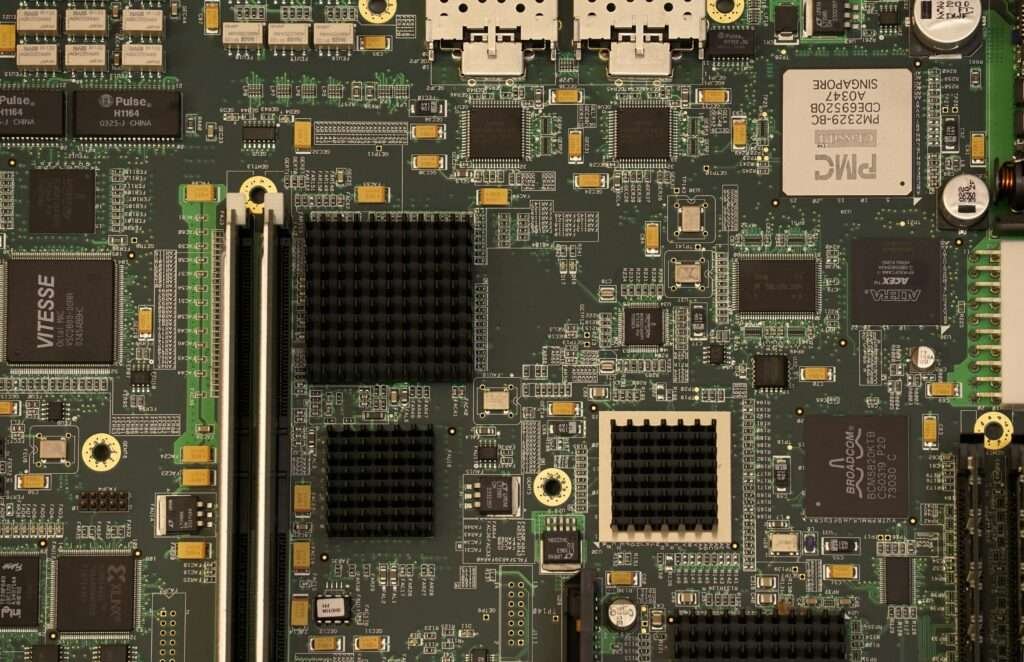Budget vs Mid-Range vs Flagship Phones: Worth Your Money?
I bought the best budget phone, the best mid-range phone, and the best flagship to see whether all that differentiation does make a difference. It doesn’t add up on paper: the $1200 Samsung Galaxy S25 Ultra has a 200MP camera, but so does the $300 Redmi Note 13 Pro Plus. Like the budget model, Samsung has a premium-looking metal and glass design. The flagship has a massive 5,000mAh battery, but the budget model has more storage. Even AI isn’t premium anymore—my $300 Redmi and $500 Samsung A56 come with AI capability. This is our Budget vs Mid-Range vs Flagship Phones comparison.
We’re pitting eight categories directly against one another, with each phone receiving a grade based on the value obtained for more spent.
Construction quality

Budget phones used to be made of plastic a few years ago, and the flagships were metal and glass. Not as much these days. Budget phones come with premium materials nowadays, and the price of toughened glass has declined.
The best model has the strongest with a titanium body and Gorilla Glass Armor. Its rating is 9 points. The middle model has a middle-of-the-road with an aluminum body and less demanding 2020 Gorilla Glass. Its rating is 6 points. The low-cost model has better front-glass quality than the middle model and IP rating, and its rating is 7 points.
Budget vs Mid-Range vs Flagship: Show quality
Surprisingly, the budget model leads the way regarding display size and brightness. It has a bigger display, slimmer frames, an anti-glare coating, and 1,800 nits of brightness. It even supports wet touch, so you can use it when it rains. This gives it 8.
The lower model lags with 1080p resolution and 1,000 nits of peak brightness. It scores 6.
The flagship S25 Ultra leads the pack with the best all-around display, earning the perfect score of 10 points.
Softwares & Updates
Its signature model receives long-term software updates and does not come with bloatware for the most streamlined experience. It receives 7 years’ worth of updates and is optimized with zero intrusive ads, thus earning it a rating of 9 points.
The middle-of-the-range phone has less bloated software but still has some bloated software and occasional spam messages. Its updates are received for 4-5 years, and it reaches a score of 7 points.
The budget phone has the poorest software quality. It is less optimized, more bloated with apps, and has more ads, and it has been supported for only 3 years. It gets only 4 points.
Budget vs Mid-Range vs Flagship: AI Features
AI has penetrated even the budget phone because the budget phone even has Google’s AI capabilities, such as Circle to Search, live translation, and text styling using generative style. On the other hand, the flagship has more AI capabilities built into its system.
The top model, which has excellent AI with all the integrations, gets 9 points upfront. The mid-model, which has great AI but with fewer integrations, gets 8 points. The economy model, which still includes some elementary AI enhancements, such as enlargement of images and removal of objects, gets 7 points.
Performance and Processing Power

Benchmarking shows a vast difference between the flagship and the other two handsets. The flagship is 5-6 times faster than the budget model tuned for peak power. It handles heavy tasks with ease and scores 9.
The budget model with midrange capabilities is only 20% more powerful. It was upgraded, but the upgrade is not significant; it only gets 5.
Suitable for daily use but fails to handle demanding apps and optimizing. This phone deserves 4.
Camera Features
Budget phones closed the gap considerably when it comes to cameras. The Redmi’s 200MP primary camera has the flagship eat its dust in almost all situations, with outstanding results. Secondary cameras are where budget phones and mid-range phones fall behind. Ultra-wide-angle and zooming cameras on budget phones aren’t entirely on the same par as the flagship’s across-the-board quality on all cameras.
The winner of this round goes to the flagship with the best overall camera quality, video recording, and computational photography, earning a perfect 10 points.
The middle-of-the-range model has it all to itself, with an adequate primary lens but subpar supporting optics, with 7 points. Take a look at The 2 Best Smartphone Cameras on the Planet.
The primary camera on the budget phone is fine, but the system as a whole isn’t as brilliant, so it gets 6 points.
Battery life and charging
Battery size isn’t the only factor involved—a battery must also be efficient. Despite having an enormous battery, the budget phone doesn’t last as long as the flagship because it has a less efficient processor.
The flagship has the most extended battery life but the slowest charger, with a maximum speed of 45W and a score of 9 points.
The mid-range phone ranks second in battery life and performance with 7 points.
The budget model has the biggest battery and makes the most sacrifices, but it compensates with 120W quick charging and a mark of 7.
Closing Scores – Budget vs Mid-Range vs Flagship
- Budget phone: 50 points
Middle-range phone: Worth 50 points
- Top-of-the-line phone: 69 points
Conclusion: Mid-Range Phones Are Worth The Cost
Budget phones are never better. They equal, even surpass, the middle-range phones in so many ways that the latter are increasingly complex to justify. You should buy a mid-line telephone for a specific reason: more software updates or better quality secondary cameras. But the more you pay doesn’t necessarily equal a much better phone. Flagship devices remain the best. They set the pace in all fields, giving the most refined experience if you can grab one. All that considered, when budgeting, the budget phone will typically be more economical than the middle-of-the-range phone with a bloated price tag.
Buy The Budget Redmi Note 13 Pro Plus
The Mid Range Samsung A56
The Flagship Samsung Galaxy S25 Ultra







One Comment